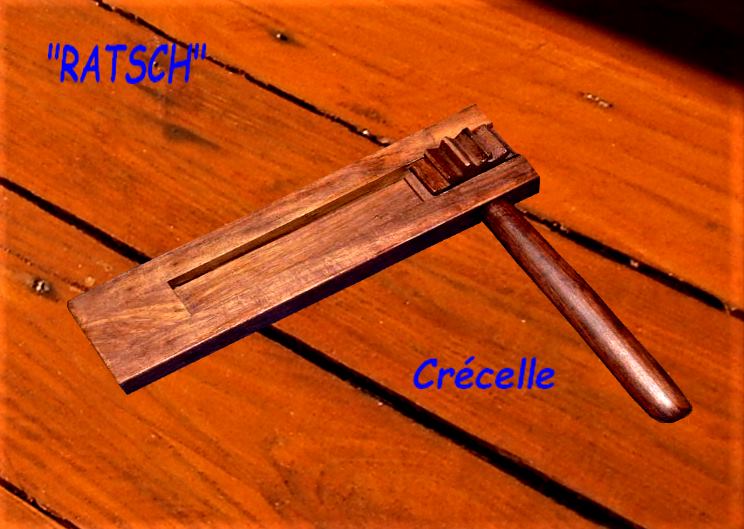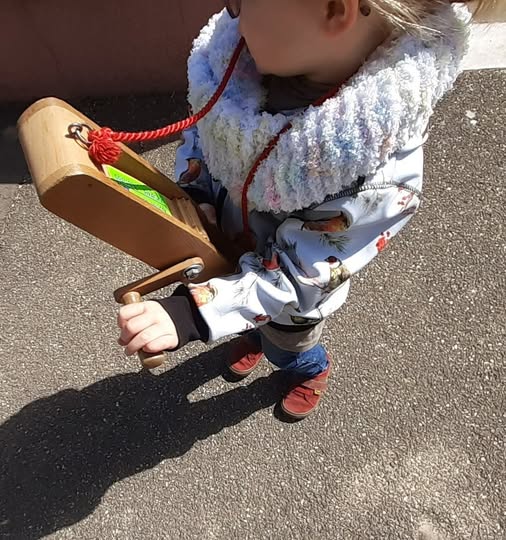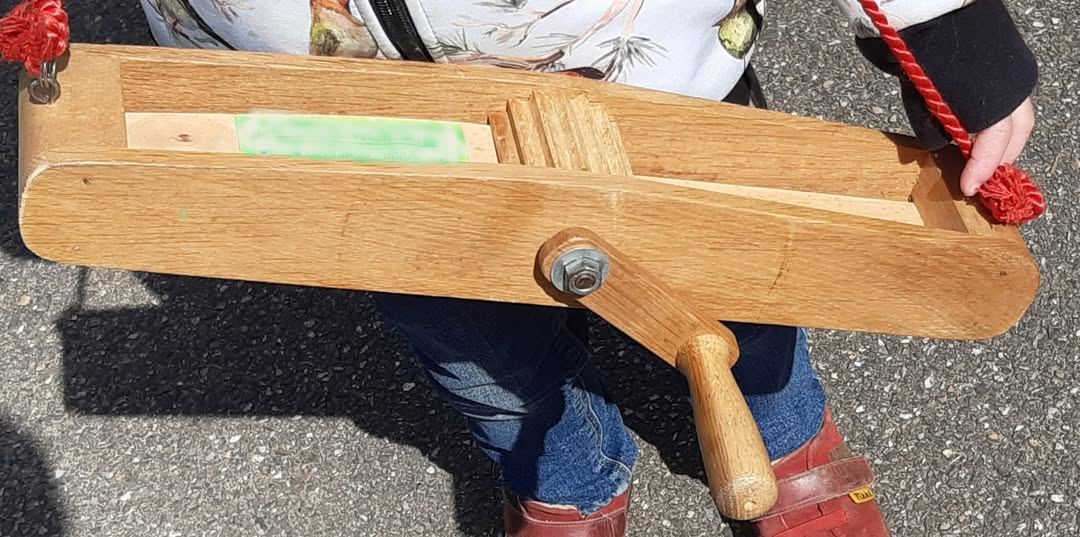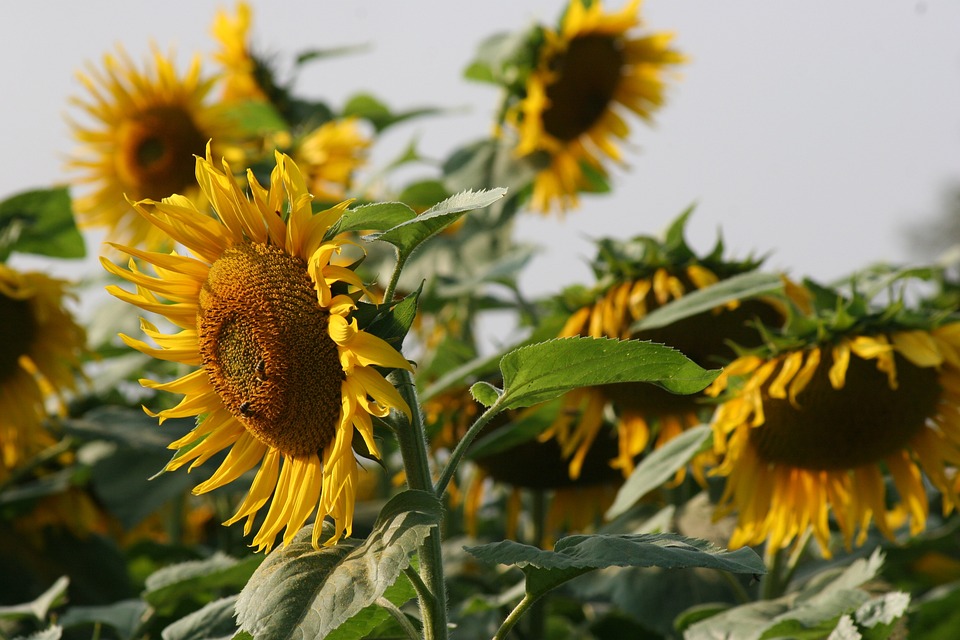- Home /
- Magazine
Rattles in Alsace: a sound tradition that stands the test of time
Deciphering an ancestral tradition that has marked generations of Alsatians.
Every year, during Good Friday and Holy Saturday, some Alsatian villages still resound with the unique sound of rattles. Once ubiquitous, this custom is tending to disappear, but it is still alive and well in certain communes of our Beau Jardin.
A tradition with deep roots
Rattles, these rattling wooden instruments, are part ofAlsace‘s intangible heritage. This custom has its origins in Catholic tradition and the desire to perpetuate religious rituals. During the Easter Triduum, between Maundy Thursday and Holy Saturday, the church bells stop ringing, according to popular belief, because they are going on pilgrimage to Rome. In their absence, the rattles take over to call the faithful to prayer and religious services.
Used since the Middle Ages, these rattles – called“Ratsch” in Alsatian – were wielded by children travelling through the villages in groups. Their mission? To go through the streets to give rhythm to the day of the inhabitants, to signal the Angelus and to remind them of the time of masses. A tradition that also served to socialise young people and pass on certain community practices orally.

Rattles today: a living echo of the past
Rattles used to be played in almost every village in Alsace, but today they have largely disappeared from the region’s soundscape. However, some communes, attached to their heritage, still perpetuate this tradition. This is particularly the case in Griesheim-sur-Souffel, Dingsheim, Ettendorf, Stutzheim-Offenheim and
Schaffhouse-sur-Zorn, where groups of children continue to walk the streets with their rattles in hand during the two days before Easter.
In Ettendorf, the tradition brings together around twenty children each year, supervised by a few volunteer parents. Armed with their rattles – mainly “ratsch” and “belepp” – they mark the Angelus at 6am, 12 noon and 6pm, and also call for the Passion of the Christ service on Friday at 2pm. On Holy Saturday, they dress up and take part in the traditional Easter collection, a custom dating back at least to the time of the Reichsland. In 2024, more than 200 eggs were collected, enabling a giant omelette to be prepared and shared in a convivial atmosphere.
In Schaffhouse-sur-Zorn, the tradition is also well established. Around 15 to 20 children, mostly from primary schools and aged between 12 and 13, take part. On Good Friday and Holy Saturday, they make rounds at three key times: at midday, before mass and in the evening for the Angelus. Younger children are accompanied by a parent, especially for the first tour. On Easter Monday, they make the rounds of the houses in the morning to collect eggs and chocolates.
In these villages, the tradition is often handed down through the commitment of local associations, parents and teachers keen to preserve this part of Alsace’s heritage. The children, accompanied by adults, walk around several times a day, marking times of prayer and inviting the inhabitants to remember times gone by.
The tradition of the rattles embodies thelocal identity and bears witness to a deep attachment to the region’s cultural and religious roots.

Oschtermàndi: a tradition in decline but still with us
Although rattles are still played in Griesheim-sur-Souffel, Dingsheim, Ettendorf, Stutzheim-Offenheim and Schaffhouse-sur-Zorn, another custom linked to this period is tending to fade: the round of houses, known as“Oschtermàndi“. In the past, at the end of their journey with the rattles, the children would go from house to house to claim a reward, usually in the form of eggs, sweets or money. It was a way for the community to thank the young rattle-players for their involvement.
Although this tradition has faded in many communities, it is still widely practised in those where rattles are still held. In Stutzheim-Offenheim, the tour is organised on Easter Monday morning, while in Ettendorf it takes place on Holy Saturday. In Schaffhouse-sur-Zorn, the tour also takes place on Easter Monday morning.

Between preservation and transmission
Today, the question of how to preserve the tradition of rattles in Alsace is being raised.
How can we ensure that it is passed on to new generations?
The commitment of schools, associations and local authorities plays a crucial role. Organising rattle-making workshops, raising awareness of intangible heritage andinvolving young people in local events all help to keep these traditions alive.

Conclusion: an endangered but precious heritage
The tradition of rattles may be gradually fading in Alsace, but it remains a symbol of the region’s cultural and religious heritage. Griesheim-sur-Souffel, Dingsheim, Ettendorf, Stutzheim-Offenheim and Schaffhouse-sur-Zorn are among the last bastions of our territory to perpetuate this custom which, every year, echoes from the past.
The rattles are a reminder of theimportance of the link between generations. Their rhythmic noise is not only a call to prayer, but also a signal for the collective memory: that of a region rich in customs, which only asks to be passed on to future generations.

#visitlebeaujardin

Here, we open the doors to our beautiful garden.

 Follow us on @visitlebeaujardin
Follow us on @visitlebeaujardin 